Cleaning your DeLonghi espresso machine is essential for maintaining the quality of your coffee and ensuring the longevity of the machine. Regular cleaning not only keeps your machine running smoothly but also prevents the build-up of coffee oils and limescale, which can affect the taste of your espresso.
This guide will walk you through the steps to properly clean and maintain your DeLonghi espresso machine, covering everything from daily maintenance to deep cleaning.
Whether you’re a seasoned barista or a home coffee enthusiast, you’ll find the answers to “how to clean Delonghi espresso machine” and other crucial tips for optimal performance.
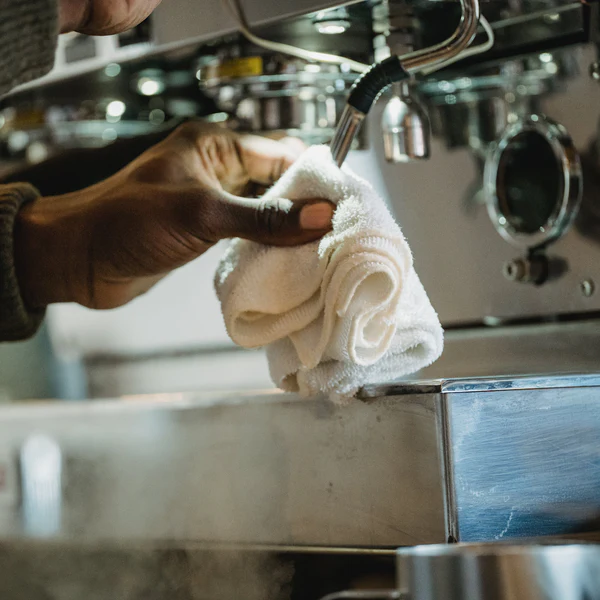
Understanding Your DeLonghi Machine
DeLonghi offers a variety of espresso machines, from manual to super-automatic models. Understanding the type of DeLonghi machine you have is crucial for effective cleaning. Here’s a brief overview:
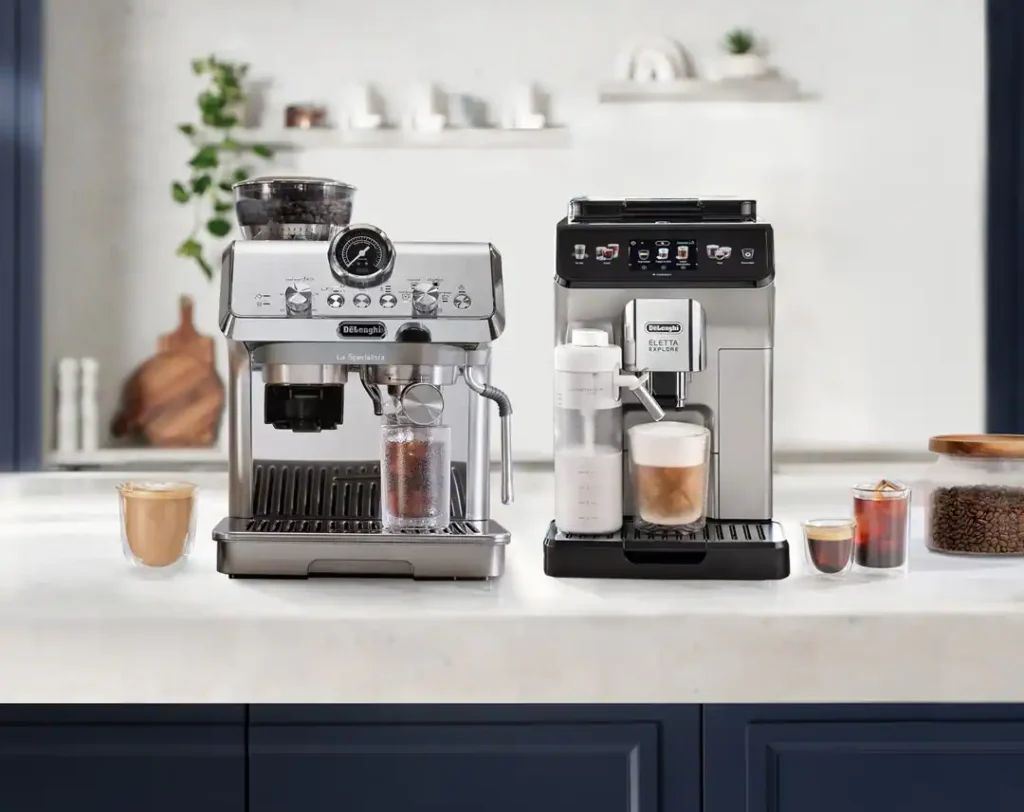
- Manual Machines: These require you to grind the coffee, tamp it, and control the water flow manually. Key parts to clean include the portafilter, group head, and steam wand.
- Semi-Automatic Machines: These machines automate the water flow but still require you to grind and tamp the coffee. Important parts include the portafilter, group head, steam wand, and drip tray.
- Super-Automatic Machines: These do everything for you, from grinding the beans to frothing the milk. Key components to clean are the bean hopper, brew unit, milk frother, and drip tray.
Regular Cleaning Routine
Maintaining a regular cleaning routine for your DeLonghi espresso machine is crucial for ensuring its efficiency and longevity. Here’s a step-by-step guide on daily or regular cleaning tasks:
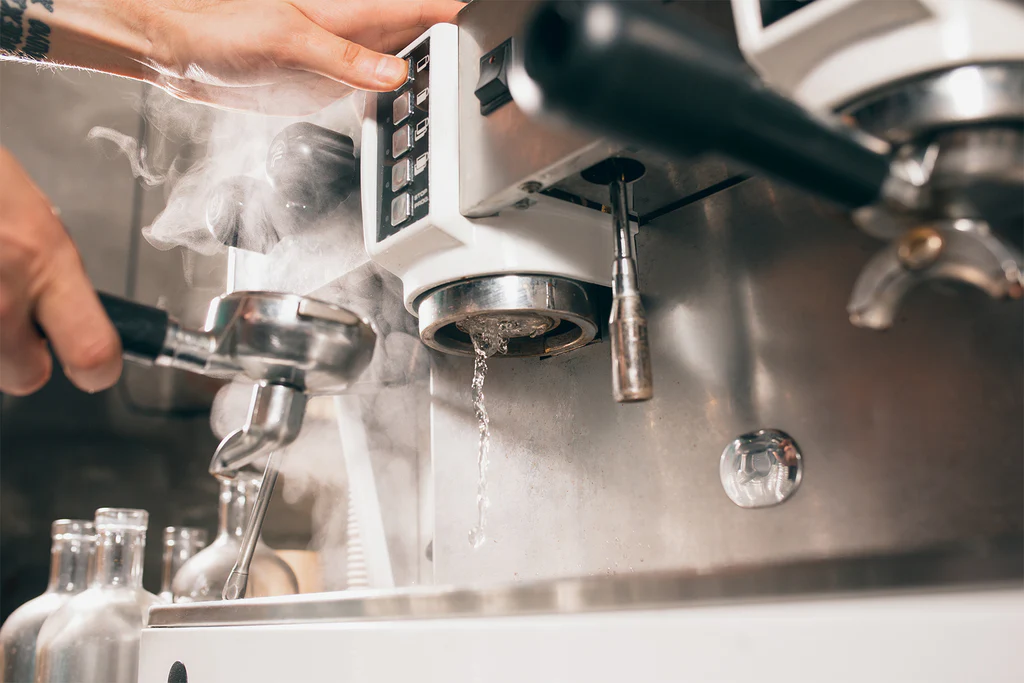
- Empty the Drip Tray: After each use, make sure to empty and rinse the drip tray. This prevents overflow and keeps the area clean.
- Clean the Portafilter and Basket: Remove the portafilter and rinse it under hot water. Use a brush to remove any coffee grounds stuck in the basket.
- Wipe the Group Head: With a damp cloth, wipe the group head to remove any coffee residue. This helps maintain a good seal and ensures a clean brew.
- Flush the Steam Wand: After steaming milk, flush the steam wand by opening it for a few seconds. Wipe it down with a damp cloth to remove any milk residue.
- Wipe Down the Exterior: Use a soft, damp cloth to wipe down the exterior of the machine. This keeps it looking clean and free of coffee splashes.
Cleaning the Coffee Filter
Cleaning the coffee filter is a crucial part of maintaining your DeLonghi espresso machine. Here’s a detailed guide on how to do it effectively:
- Frequency: Clean the coffee filter after every use to prevent coffee oils and residues from building up.
- Rinse Immediately: After brewing, immediately rinse the coffee filter under hot water. This helps remove any leftover coffee grounds.
- Deep Cleaning: Once a week, soak the coffee filter in a mixture of hot water and a mild detergent. Use a soft brush to scrub away any stubborn coffee oils.
- Check for Clogs: Hold the filter up to the light. If you see any clogs, use a pin or a small brush to clear the holes.
- Dry Thoroughly: Make sure the filter is completely dry before using it again to prevent mold growth.
Descaling Your DeLonghi Machine
Descaling is an essential process for maintaining your DeLonghi espresso machine. Here’s why it’s important and how to do it:
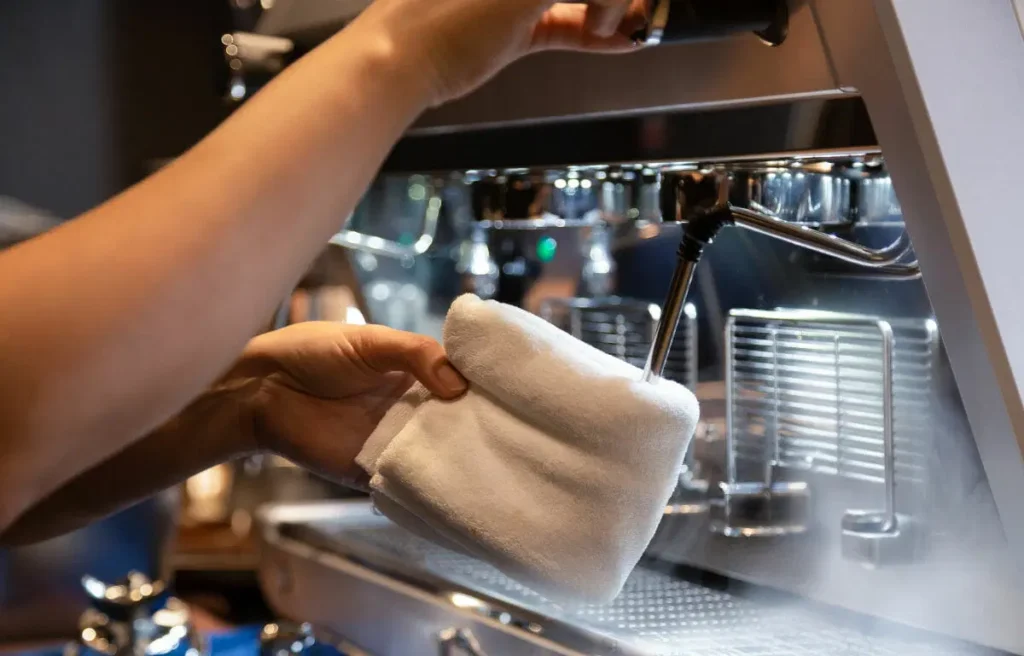
- Importance of Descaling: Over time, limescale can build up inside your machine, affecting its performance and the taste of your coffee. Regular descaling helps remove these mineral deposits.
- Signs It’s Needed: If your machine takes longer to brew, makes unusual noises, or the coffee tastes off, it’s time to descale.
- Descaling Method:
- Step 1: Fill the water tank with a descaling solution mixed according to the manufacturer’s instructions.
- Step 2: Place a container under the steam wand and the coffee spout.
- Step 3: Run the descaling program or brew cycles to allow the solution to flow through the machine.
- Step 4: Once the solution has run through, rinse the water tank and fill it with fresh water.
- Step 5: Run multiple brewing cycles with just water to rinse out any remaining descaling solution.
- Frequency: It’s recommended to descale your machine every 2-3 months, depending on the hardness of your water and how often you use the machine.
Deep Cleaning Processes
To ensure your DeLonghi espresso machine remains in excellent working condition, it’s important to perform deep cleaning processes monthly or as needed. Here’s an in-depth guide focusing on key components like the grinder and frother:
- Cleaning the Grinder:
- Step 1: Unplug the machine and remove the bean hopper.
- Step 2: Use a brush to clean out any remaining coffee beans and grounds from the hopper and the grinder.
- Step 3: Wipe down the inside of the grinder with a damp cloth. Be careful not to use too much water.
- Step 4: Reassemble the grinder and the bean hopper.
- Cleaning the Frother:
- Step 1: Remove the frother attachment and disassemble it according to the manufacturer’s instructions.
- Step 2: Soak the parts in warm, soapy water for about 15 minutes.
- Step 3: Use a small brush to scrub away any milk residue.
- Step 4: Rinse all parts thoroughly under warm water and dry them completely before reassembling.
- Cleaning the Water Tank:
- Step 1: Remove the water tank from the machine.
- Step 2: Wash the tank with warm, soapy water and rinse thoroughly.
- Step 3: Wipe the tank dry with a clean cloth before placing it back in the machine.
- Cleaning the Brew Unit:
- Step 1: Remove the brew unit from the machine.
- Step 2: Rinse the unit under warm water, using a brush to remove any coffee residue.
- Step 3: Allow the brew unit to dry completely before reinserting it into the machine.
Cleaning the Grinder
Properly cleaning the grinder in your DeLonghi espresso machine is crucial for maintaining the quality of your coffee. Follow these instructions to disassemble, clean, and reassemble the grinder:
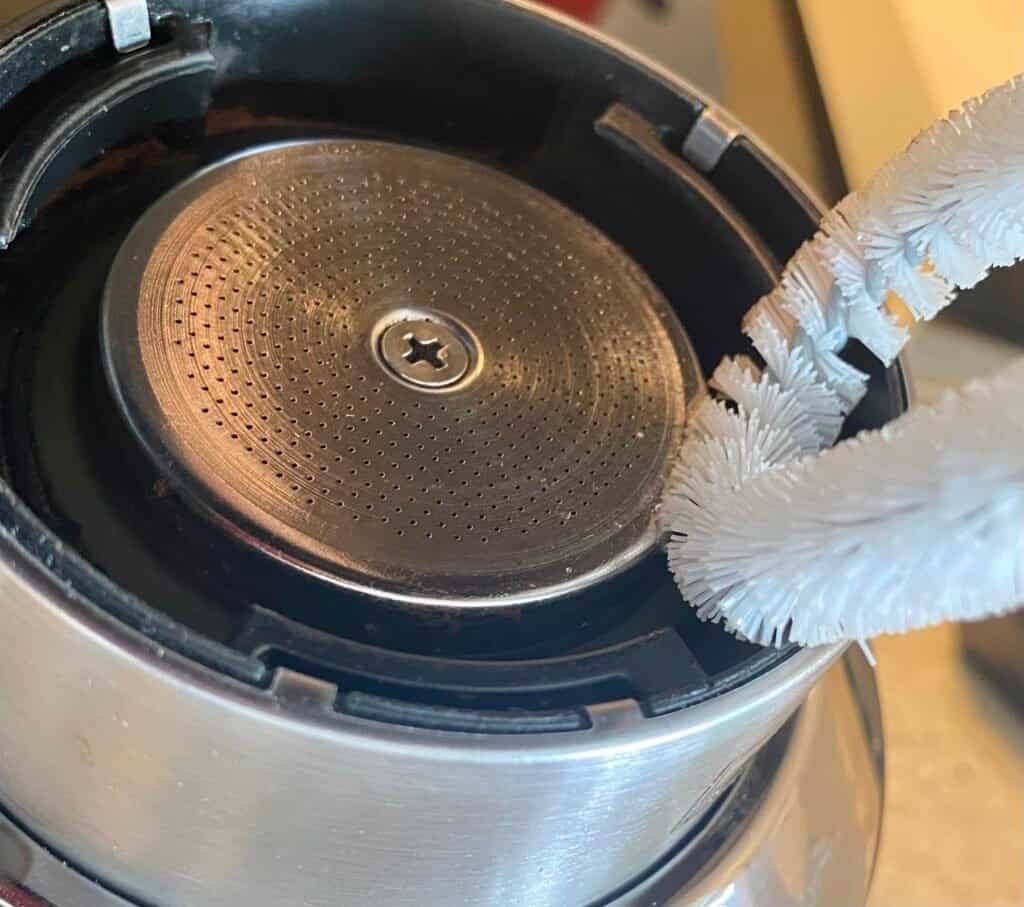
- Disassembling the Grinder:
- Step 1: Unplug the machine to ensure safety.
- Step 2: Remove the bean hopper by unlocking it and lifting it off the machine.
- Step 3: Carefully take out any removable parts of the grinder according to the manufacturer’s instructions. This typically includes the upper burr.
- Cleaning the Grinder:
- Step 1: Use a small brush to clean out any coffee grounds from the hopper and grinder components. Pay special attention to the burrs, as they can trap a lot of coffee residue.
- Step 2: Wipe down the inside of the grinder and the hopper with a slightly damp cloth. Avoid using too much water to prevent damage.
- Step 3: For stubborn coffee oils, use a mixture of warm water and mild detergent. Rinse thoroughly and ensure all parts are completely dry before reassembly.
- Reassembling the Grinder:
- Step 1: Once all parts are dry, reassemble the grinder components in the reverse order of disassembly.
- Step 2: Reattach the bean hopper and lock it into place.
- Step 3: Plug the machine back in and run a small amount of coffee through the grinder to ensure it’s working properly.
Maintaining the Frother
Ensuring your DeLonghi espresso machine’s frother is clean and functioning properly is key to creating delicious, frothy milk for your coffee drinks. Here are the steps to maintain the frother:
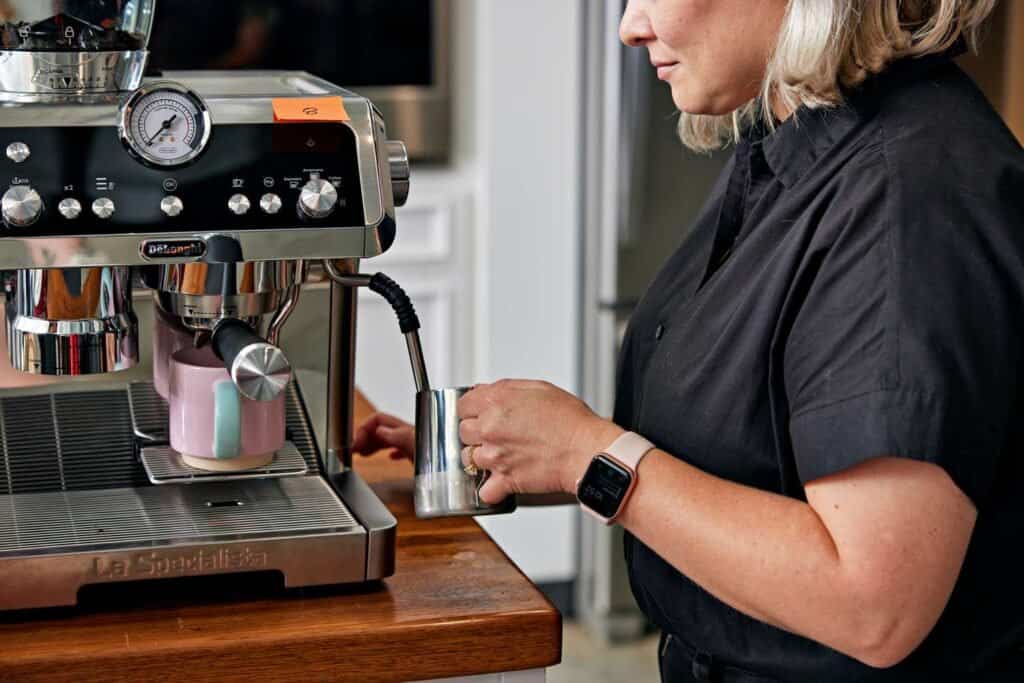
- Daily Cleaning:
- Step 1: After each use, immediately wipe down the exterior of the frother with a damp cloth to remove any milk residue.
- Step 2: Run a steam cycle to flush out any milk inside the steam wand. Do this by turning on the steam for a few seconds.
- Step 3: Use a small brush to clean the steam nozzle, ensuring there are no blockages.
- Weekly Deep Cleaning:
- Step 1: Disassemble the frother according to the manufacturer’s instructions. Typically, this involves removing the frothing attachment and any other removable parts.
- Step 2: Soak the parts in warm, soapy water for about 15 minutes to loosen any dried milk.
- Step 3: Use a small brush to scrub all parts thoroughly, paying special attention to the nozzle and other narrow areas.
- Step 4: Rinse all parts under warm water to remove any soap residue.
- Step 5: Dry the parts completely before reassembling the frother.
- Storage Tips:
- Step 1: Store the frother components in a clean, dry place to prevent mold and bacteria growth.
- Step 2: If you won’t be using the machine for an extended period, consider storing the frother parts separately to ensure they remain dry and clean.
Troubleshooting Common Issues
Even with regular cleaning, you may encounter some common issues with your DeLonghi espresso machine. Here’s how to troubleshoot and resolve them, focusing on cleaning-related problems such as clogs and espresso quality issues:
- Clogged Group Head:
- Issue: If the group head is clogged, water won’t flow properly, affecting the extraction process.
- Solution: Remove the portafilter and use a brush to clean the group head. Run a backflush cycle with a cleaning tablet to clear any remaining residue.
- Poor Espresso Quality:
- Issue: If your espresso tastes off, it could be due to dirty components affecting the flavor.
- Solution: Ensure all parts that come in contact with coffee are clean. Regularly clean the portafilter, filter basket, and group head. Descale the machine if it’s been a while since the last descaling.
- Steam Wand Blockage:
- Issue: If the steam wand isn’t producing steam properly, it might be blocked by milk residue.
- Solution: Soak the steam wand in warm, soapy water and use a pin to clear any blockages in the nozzle. Run a steam cycle to flush out any remaining residue.
- Grinder Issues:
- Issue: If the grinder is producing inconsistent grind sizes or is clogged, it can affect the quality of your espresso.
- Solution: Clean the grinder regularly by following the steps outlined in the cleaning section. Ensure the burrs are free from coffee oils and grounds.
- Water Tank Problems:
- Issue: If the machine isn’t drawing water properly, the water tank might be dirty or have a poor connection.
- Solution: Clean the water tank thoroughly and ensure it is seated correctly. Check for any debris in the connection area.
Enhancing Longevity and Performance
Proper maintenance of your DeLonghi espresso machine not only ensures consistently great coffee but also enhances its lifespan and performance. Here are some essential tips:
- Regular Cleaning:
- Perform daily and weekly cleaning routines as outlined in this guide. Keeping the machine clean prevents buildup that can impair performance and cause wear over time.
- Descale Regularly:
- Descaling every 2-3 months is crucial, especially if you have hard water. This prevents limescale buildup that can damage internal components and affect coffee quality.
- Use Fresh, Quality Beans:
- Use fresh coffee beans and avoid pre-ground coffee, which can leave more residue in the machine. Store beans in an airtight container to maintain freshness.
- Clean the Water Tank:
- Rinse and clean the water tank regularly to prevent mold and bacteria growth. Use filtered water if possible to reduce mineral deposits.
- Proper Storage:
- If you won’t be using the machine for an extended period, clean it thoroughly and store it in a dry place. This prevents mold growth and keeps the machine in good condition.
- Regular Maintenance Checks:
- Periodically check the seals, gaskets, and other components for wear and tear. Replace any worn parts promptly to prevent further damage.
- Professional Servicing:
- Consider having your machine professionally serviced every few years. Technicians can perform deep cleaning and maintenance that goes beyond regular home care.
Environmental Considerations and Best Practices
Maintaining your DeLonghi espresso machine doesn’t have to come at the expense of the environment. Here are some tips on minimizing environmental impact through eco-friendly cleaning practices:
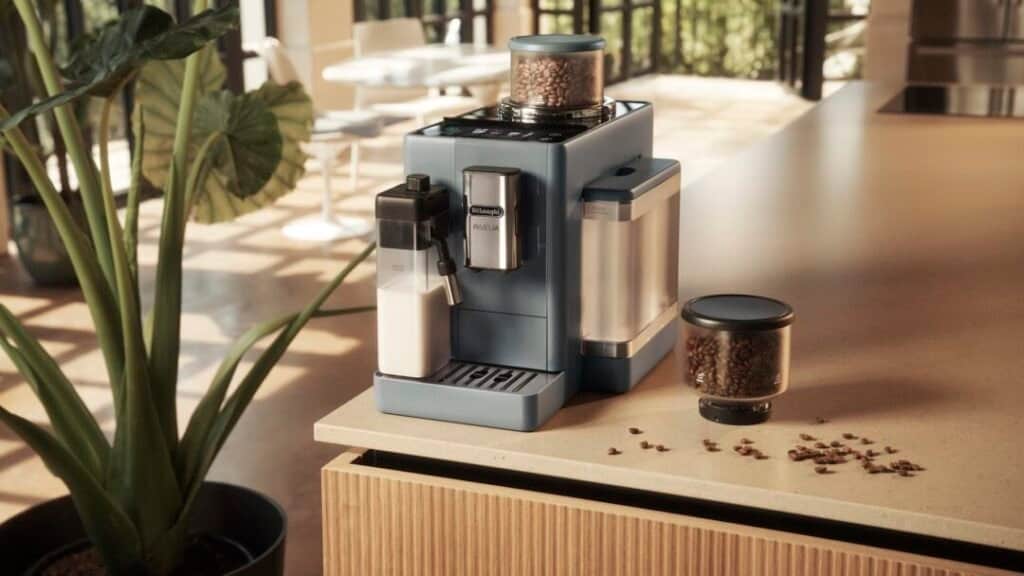
- Avoid Harsh Chemicals:
- Traditional cleaning agents can contain harsh chemicals that are harmful to the environment. Instead, opt for biodegradable and non-toxic cleaners that are safe for both your machine and the planet.
- Use Natural Descaling Solutions:
- Vinegar and citric acid are effective natural alternatives for descaling your machine. These options are less harmful to the environment and just as effective at removing limescale.
- Eco-Friendly Cleaning Tools:
- Use reusable cleaning cloths and brushes made from sustainable materials. Avoid disposable wipes and plastic brushes to reduce waste.
- Conserve Water:
- When cleaning your machine, be mindful of water usage. Use just enough water to get the job done without excessive waste.
- Proper Disposal:
- Dispose of any used cleaning solutions responsibly. Avoid pouring them down the drain if they contain chemicals; instead, follow local disposal guidelines.
Cleaning your DeLonghi espresso machine involves specific steps to ensure it runs smoothly and lasts longer. For general cleaning tips applicable to all espresso machines, see our comprehensive guide. Additionally, learn about descaling your machine to prevent mineral buildup.
Disclosure: Our blog contains affiliate links to products. We may receive a commission for purchases made through these links. However, this does not impact our reviews and comparisons. We try our best to keep things fair and balanced, in order to help you make the best choice for you.

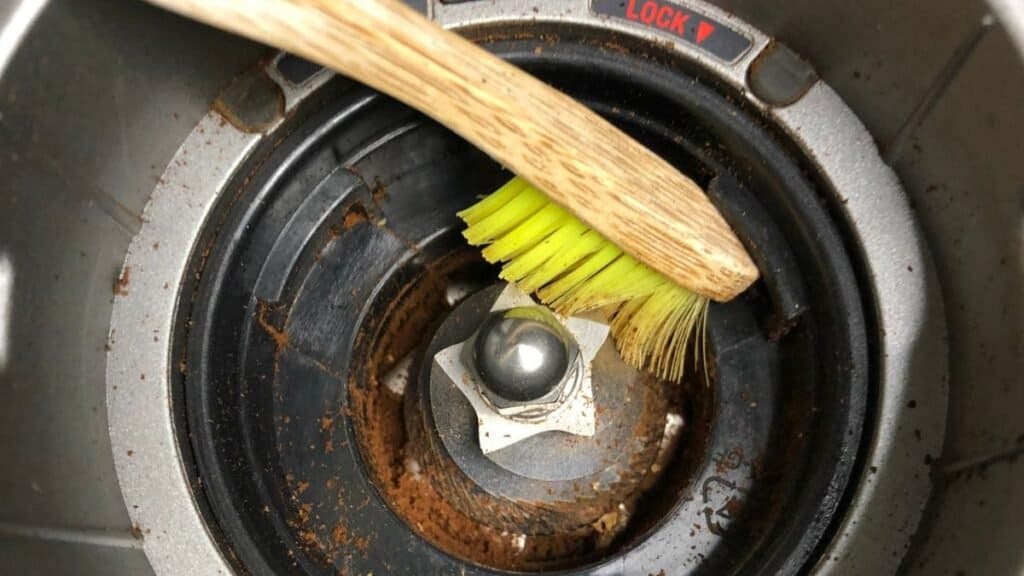
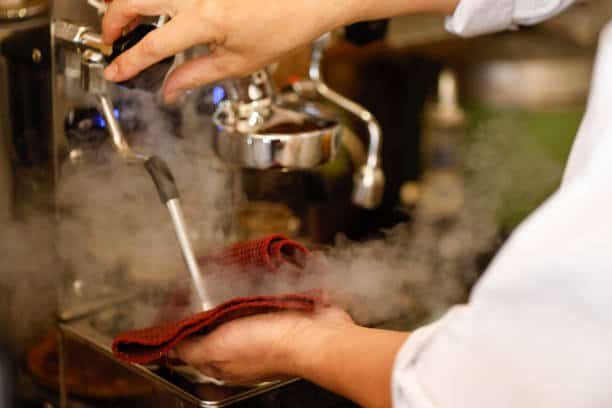
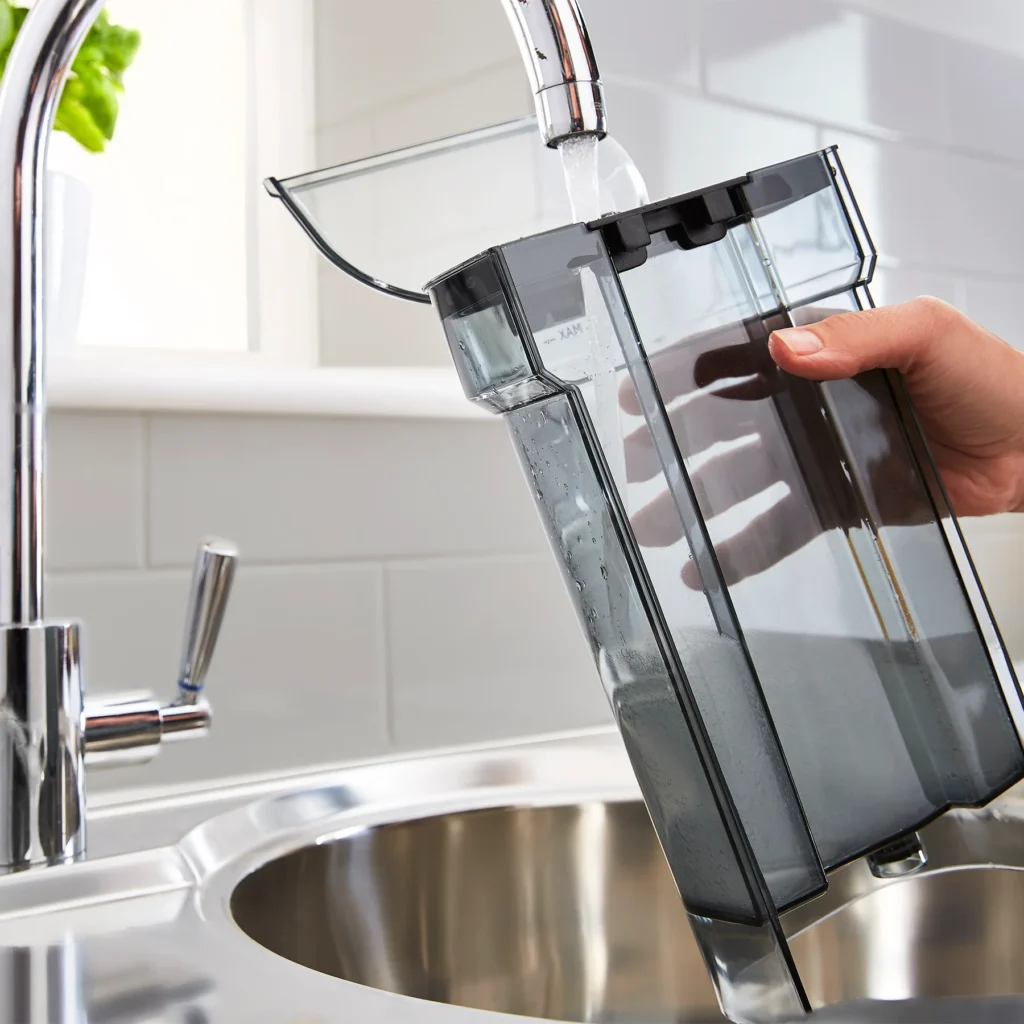
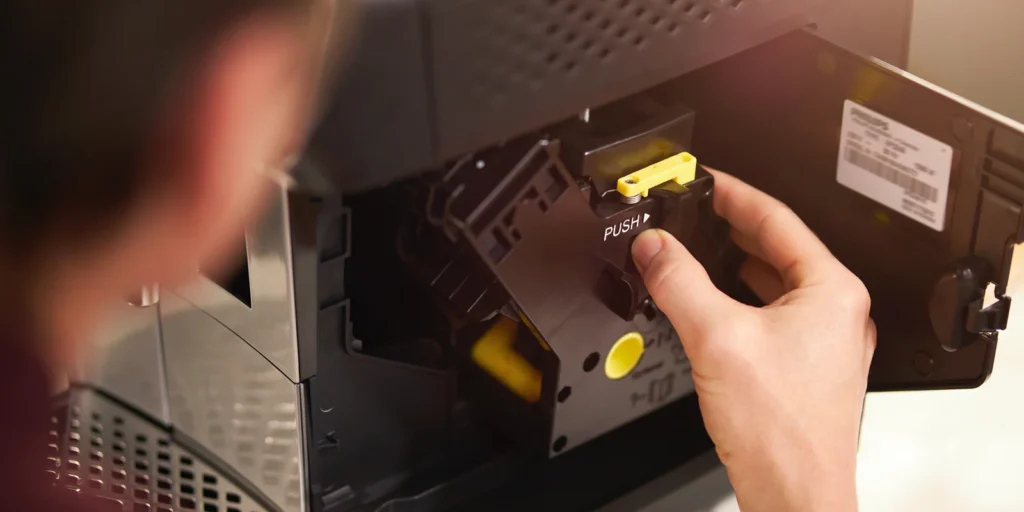
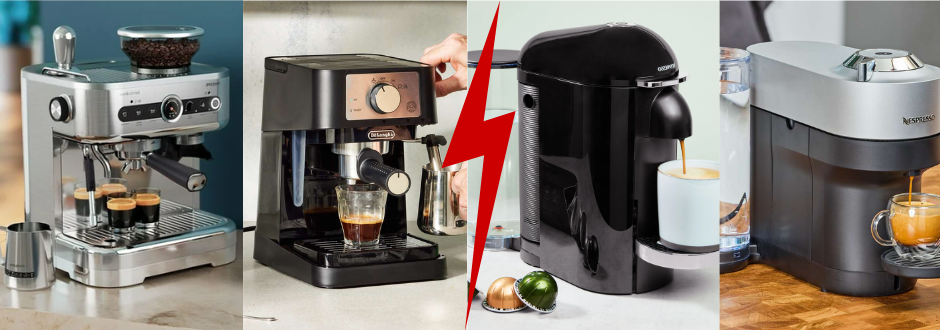
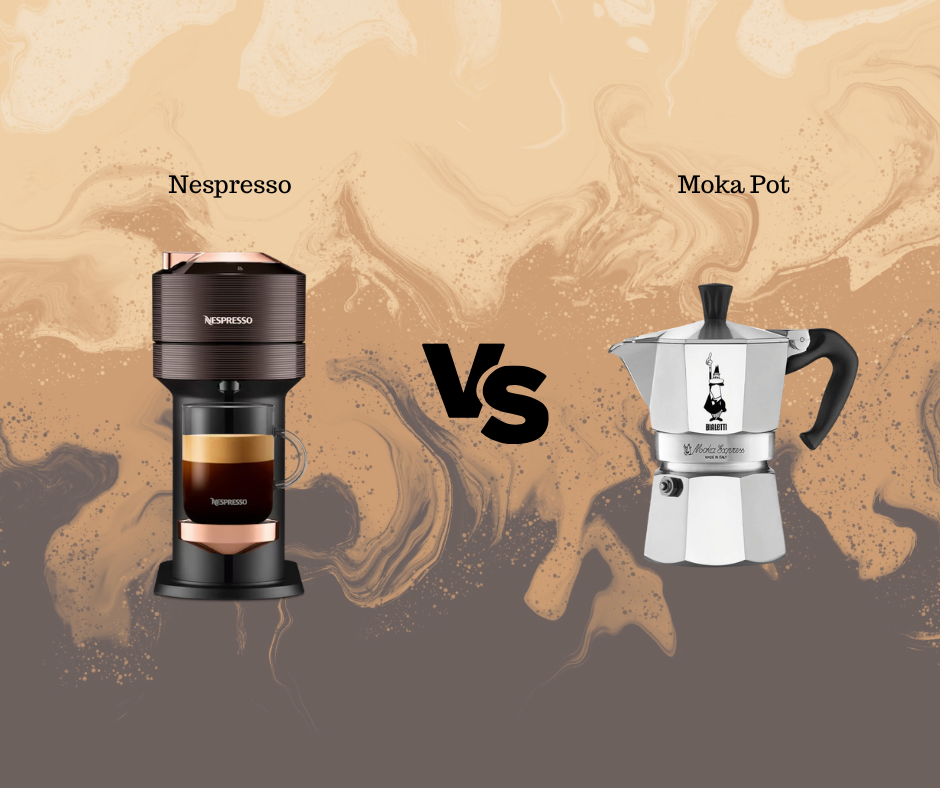



One Response